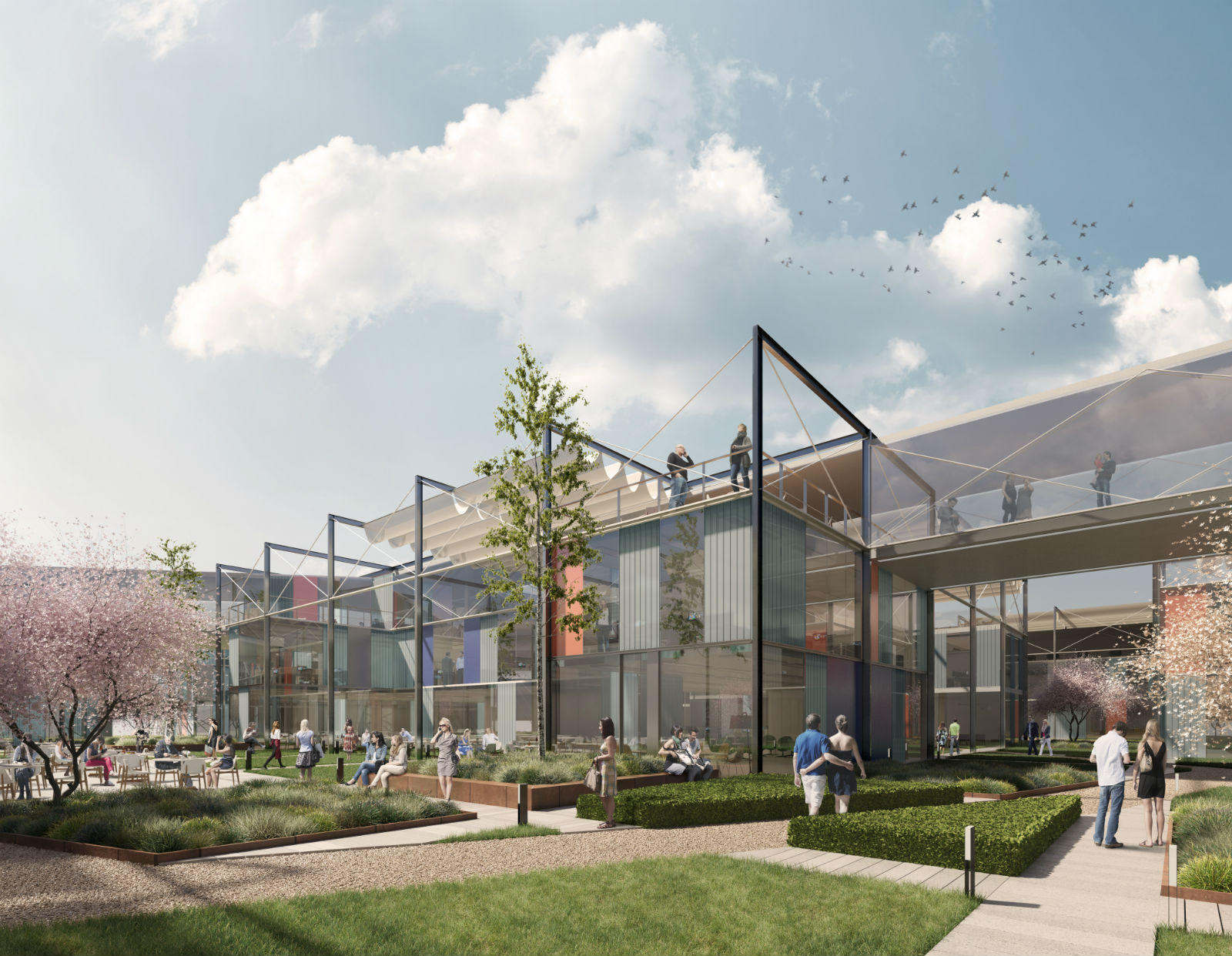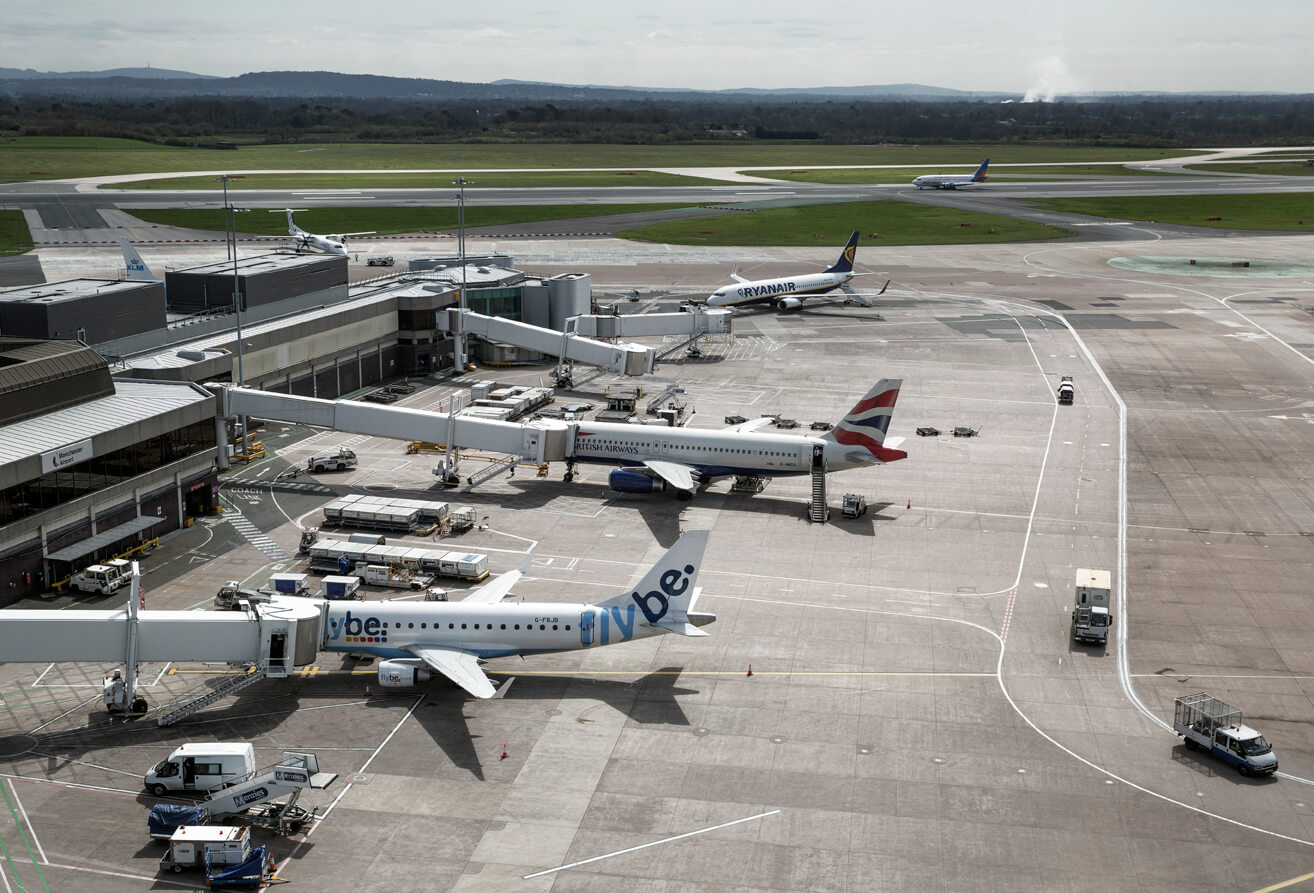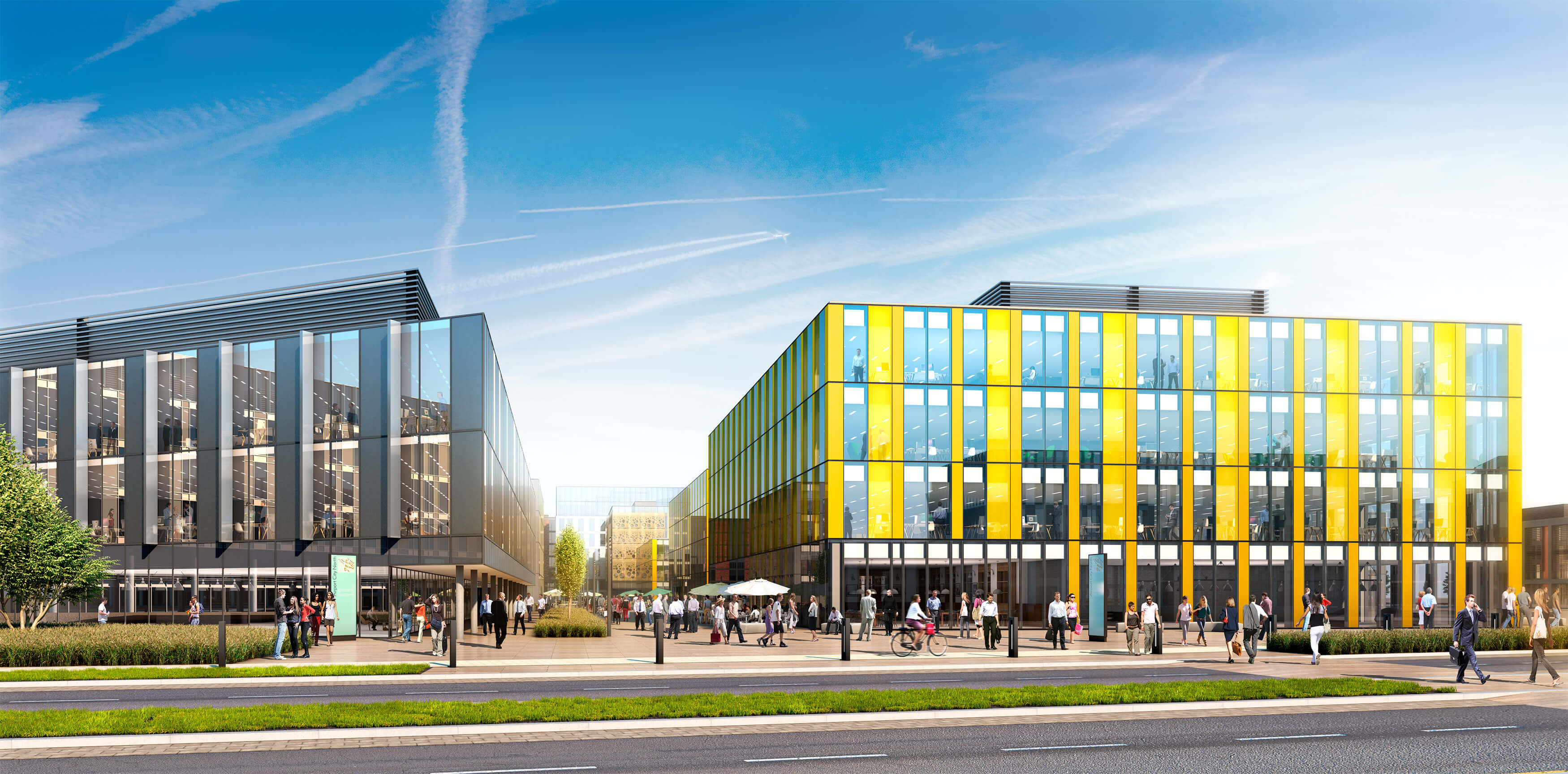Partner Viewpoint: How the evolution of work is defining the future of property
03/07/2017 by Lynda Shillaw, CEO, MAG PropertyWe’re living in unprecedented times. Political upheaval, global issues, demographic shifts, economic insecurity and advances in technology all disrupt established business models influencing the way companies across the globe make decisions and plan for the future.
 Lynda Shillaw
Lynda Shillaw Uncertainty often drives a focus on battening down the hatches and reducing costs, sustaining short to medium term profitability. While in itself this is not wrong, carefully evaluating the impact of these measures on long-term business success is also critical. In the last few decades rationalising property and people have often been the go-to solutions for many companies to take out cost, when compared to investment in new buildings and technology.
This is undoubtedly faster and less capital intensive at a time when business risks are heightened, but doing this without impacting negatively on productivity and future business success is a challenge. The simple questions such as how do you right-size your property portfolio and preserve your talent pipeline are serious challenges for businesses today.

The importance of people
Acknowledging that people sit at the heart of any successful business and understanding their expectations of what working means is vital. The traditional nine-to-five day is increasingly outdated, supported by technologies that mean a place of work can be fluid. Research by Raconteur suggested 79% of senior business people agreed this “anytime, anywhere” work trend is inevitable.
This means businesses need to face up to shifting expectations of staff. Most employees are permanently connected, demographics are changing and people are living longer. The result is a technology enabled and mobile workforce of all ages that employers must satisfy with ways of working to match the mix of lifestyles. Work is increasingly becoming something people do, rather than simply a place to go and in its simplest form, it’s about offering choice and flexibility, something businesses are already responding to.
These shifts impact directly on the traditional property model. Fewer desks to be sat at nine-to-five, but more space in which to collaborate and interact, demand much greater flexibility from accommodation. This is not just at an individual corporate level as there is an increasing shift at a sector level to clusters, hubs, and campuses.
It is the norm today for companies to offshore, onshore or upscale for large projects and then to downscale afterwards as mechanisms for ensuring the best access to global talent and controlling costs. We are seeing an increasing number of people working for themselves, with one in seven people now classed as self-employed, and in some sectors individuals with no single employer, working for multiple organisations at the same time.
Flexibility in the property market and shorter lease terms isn’t new. In 2015, Deloitte reported the serviced office market in London had grown 67% in a decade. The sector has also been reinvigorated by technology and an appetite for co-working spaces offering not only offices, but shared services and social events. WeWork has successfully tapped into this, their £16bn valuation and 30,000 members confirming attitudes towards work are changing.
How we work and how we are employed is continuing to rapidly evolve requiring the property sector to continue to evolve the products that we develop.
More than just a place of work
As it becomes possible to obtain more data on how buildings are used and how staff interact and collaborate, occupiers have clear ideas on how they want their workplace to work for them: office layout, local environment, amenities, connectivity, clustering and community are all part of a growing list that influences decision making.
At the same time, the health and well-being of staff is becoming a key driver for companies. From access to exercise facilities and cycling routes, to green space and clean air, are being prioritised. Emerging business locations typically have invested in great public realm, public transport, providing better, safer access for cyclists and have brought people back to live in city centres setting the template for great development.

The Airport Option
Airports offering fast links to major centres around the world provide a great option for occupiers. The rapid expansion of airport-linked commercial facilities makes them a key part of 21st century urban development. Their existing infrastructure and available land provide the foundations upon which new working environments can be created; an opportunity international airports like Schiphol, Dubai and Munich have recognised, helping transform them into successful airport cities.
In the UK, Manchester Airport is doing just this with Airport City Manchester, a development designed to respond to the changing requirements of businesses. It provides over 130 acres of land with planning consent for 5 million sq ft of offices, hotels, advanced manufacturing and logistics space. Connected directly to the airport, this £800m development complements an existing airport business community where more than 20,000 staff work across a range sectors.
The scale of opportunity at Airport City Manchester means it has the ability to satisfy changing business needs by providing the blank canvas and value for money they require. Here, high-specification, bespoke buildings can be designed in an environment that offers businesses the space to flex and grow.
The airport’s exceptional infrastructure provides a unique backdrop to this. International connectivity, combined with unrivalled regional and national transport links, provides direct and uncongested access from a business location that’s open all day, every day.
It also sits on the doorstep of a world-class city, where best of breed universities and businesses provide access to young talent, as well as more experienced employees based in south Manchester’s family belt. The result is easy access to skilled staff, graduate talent and quality of life, as well as vital links to the region’s major business and knowledge industries.
This unparalleled connectivity and economic strength cannot be underestimated, especially at an airport that is crucial to the delivery of the Northern Powerhouse agenda and funnels 60% of business travel into the north. The £1 billion terminal transformation programme also ensures more opportunities for occupiers at an airport that has the capacity to double passenger numbers.

Airport City, for a changing future
Technology adoption and the rapid growth in e-commerce means global connectivity and shorter lead times are high priorities for many companies. Airport City’s international appeal as a commercial destination with enviable connectivity and talent pool has attracted both Amazon and DHL who have taken over 700,000 sq ft of bespoke space and continue to grow.
For these businesses and others like them the physical landscape of the workplace continues to rapidly evolve and this needs to be part of the planning process. Creating new development options not bound by the limitations of more traditional locations is key to supporting the rapidly growing new companies of today and the new growth sectors of the future.
Our aim at Airport City Manchester is to provide this, in a place that supports companies as their futures unfold, with tailored accommodation and access to talent that gives them the opportunity to grow, evolve and optimise their business. By combining our understanding of occupiers’ requirements and what’s important to a new generation of workforce, we are committed to creating a place where businesses can truly embrace a changing future.
Read more in Property Week: http://www.propertyweek.com/5087973.article